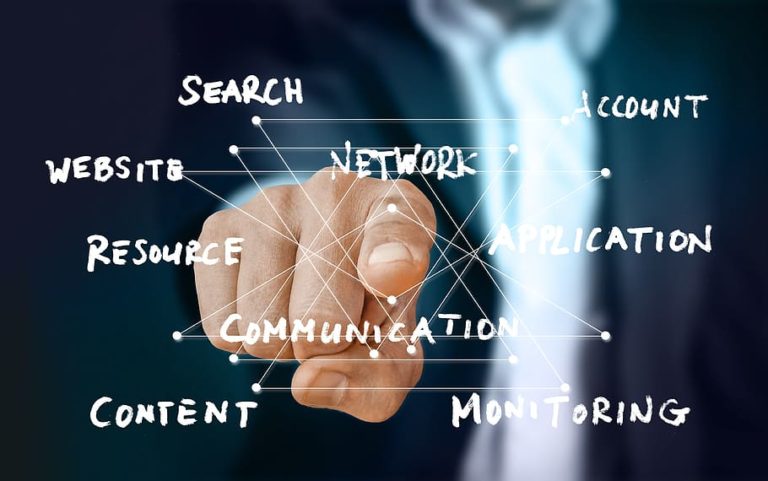Organizations always have various functions to do. The functions and roles are all jointly embedded under an organization that regulates various departments to meet various functions and processes. There are mainly three types of business processes. The first is the management process, which regulates running any organization such as corporate governance and strategic management. The second is the operational process which includes purchasing, manufacturing, advertising, marketing sales etc., and third is the supporting process intended to support the main core processes such as accounting, recruitment, and various other technical support. Finance and Accounting, Manufacturing, Sales and Services, Customer Relations Management, etc. are some basic roles that include organizations. There is a totally greater need to manage information between all services and functions. Data needs to be exchanged and flow through all these bodies to allow organizational functions smoothly without redundancy, differences or contradictions. For all this happens, information must flow between all modules in the company and at the same time, the connection will also be managed between clients, customers, and stakeholders outside the organization.
The typical characteristic of the basic company resource planning system is
• Integrated system that works in real time, without relying on periodic updates.
• Database to support the application involved.
• Consistency and congruence among various modules involved in the process.
• Installation of the right company resource planning system without involving complex details and data from the Information Technology Department.
Various modules that include company resource planning is
• Finance / Accounting: This module involves debt, cash management, accounts receivable, budget, consolidation, fixed assets, and general books.
• Human Resources: This module involves payroll, training, benefits, recruitment, and diversity management.
• Manufacturing: This module involves engineering, manufacturing processes, product life cycle management etc.
• Supply chain management: This module involves orders for cash, inventory, supply chain planning, commissions, etc.
• Project Management: This module covers costs, bills, performance units, time, etc.
• Customer relationship management: This module is basically related to customer relationships with the company, by providing support center support, customer contacts, commissions. Sales and marketing etc.
• Data Services: It provides platforms for customers, suppliers, and other employees to get self-services.
• Access control: This module handles the provision and authorization of the privileges of various processes.
Various components of company resource planning include:
• Transactional database
• Portal management
• Business intelligence system
• Customized reporting
• External access through technology
• Look for
• Document management
• Message, chat service
• Workflow management
Company resource planning must bring changes in the existing work environment. To implement this change, there are several services available such as consultation, adjustments and support. The time taken for installation of company resource planning may depend on the size of the organization. There are a number of advantages and losses with this strategy. But the shadow excellence of negative aspects.


